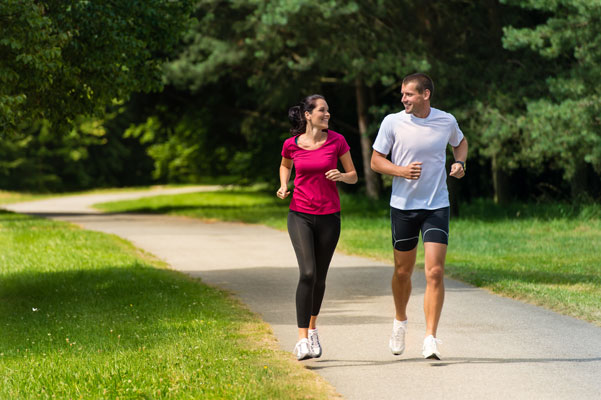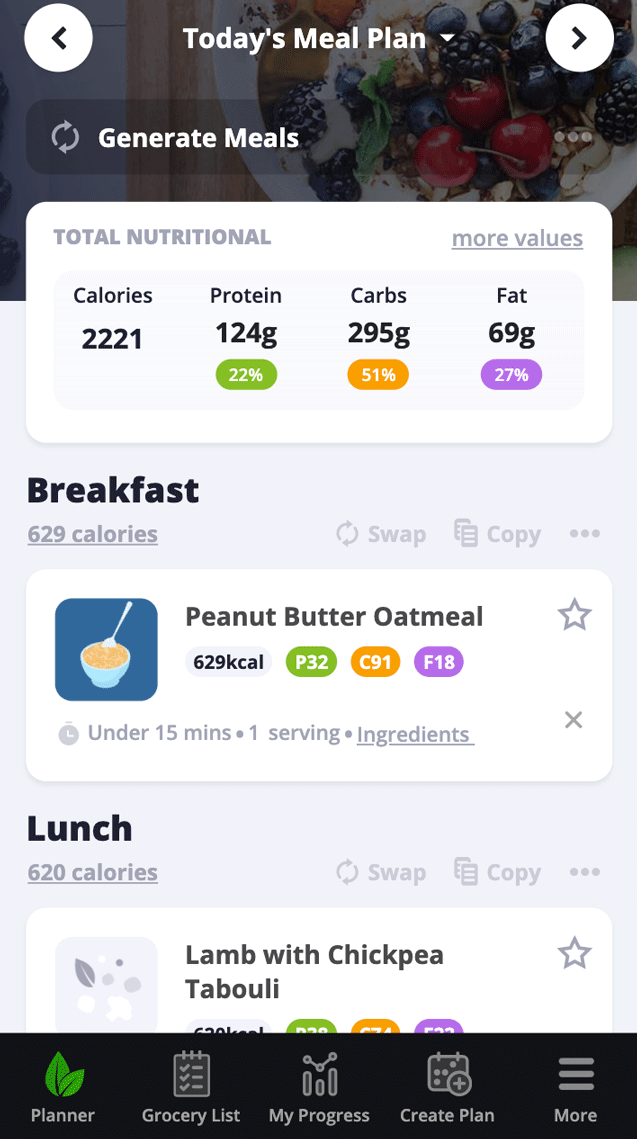Everything You Need To Know About LISS Exercise
LISS exercise is believed to be perfect for both newbies and pros. But is it true?
Have you ever gone to work out and just thought, “Nope. Not happening?” Or maybe you had the best intentions to go to the gym but never made it past your front door. Physical and mental burnout is very real and can majorly throw your consistency off.
If you're overworked or just scared to get started, it can be overwhelming to contemplate a workout. It might seem like the only way to exercise is to get your heart rate extremely high but we've got some good news. You don't have to go all out every single workout. Meet the latest workout instagram fuelled craze called LISS.
What is LISS?
LISS stands for Low-Intensity Sustained State. In laymen terms, it means taking it easy when you exercise. The concept has been around for many years but lost popularity as the “no pain no gain” theory of exercise prevailed. While there's nothing wrong with occasional hardcore workouts, there needs to be some balance. Instead of always going all out and feeling like you're going to die/puke/faint, you can keep your heart rate lower. Yes, you can even breathe through your nose. Sounds pretty amazing, right?
What are the best benefits of LISS?
It might seem too good to be true but slowing down is beneficial for you. It can also help you lose weight, keep you toned, and prevent injuries. Instead of doing intervals or trying to keep your heart rate as high as possible, you intentionally keep your heart lower for the entire workout.
In time you can also build your aerobic base using this method, which will help you run faster and longer when you do want to push yourself harder for sustained periods. If you're just looking for better overall health, this type of activity will benefit your heart as well. If you never exercise and don't know where to begin, then taking it slow is perfect. You'll get a ton of benefits with none of the negative side effects.
LISS vs HIIT
No, this is not a battle of the acronyms. In case you aren't familiar, HIIT stands for High-Intensity Interval Training. It's a highly popular exercise trend and for good reason. HIIT is insanely effective at burning a lot of calories and fat in a short period of time. But it's also difficult to perform. If you're struggling with injuries, illness, or motivation, it might not be the best activity for you.
According to a 2013 study in the journal Nutrition, Metabolism, and Cardiovascular Disease, less intense exercise is actually more beneficial than HIIT for those who are overweight. Why? Because LISS is easier and more enjoyable. This means you're likely to exercise more, reaping more benefits. While HIIT is a great workout, it can't be done daily, whereas LISS is safe enough to practice every day.
So how do I do this?
First, you need to determine what low intensity means for you. Remember that it varies from person to person. If you're just starting out, a slow 20-minute walk might be all you can handle. If you've been exercising regularly for years, then you might be able to jog for 60 minutes without raising your heart rate too high.
The key is to make sure you can still talk. Have a workout buddy? Make sure you two can go deep into the conversation without any heavy breathing. If you find yourself working too hard, that means you need to slow down. Remember the goal here is for lower intensity. It can be hard to reprogram your mind to embrace a slower exercise routine but stick with it.
Ready to get started?
Start off with shorter sessions. Just adding in 20-minute sessions will benefit you. Since LISS is less stress, you can safely exercise this way every day. It helps tremendously to find something you enjoy walking, cycling, yoga, or swimming. It doesn't matter what it is. What does matter is how you do it. Take it easy and slow, but stay consistent. As you get more comfortable, increase your time but not the intensity.
What if I already work out all the time?
If you're already used to an intense exercise schedule, remember that it's okay to take breaks. Look at LISS as an active recovery. You're doing this to make yourself stronger, faster, and healthier. If you do a major HIIT session, then take the next day off by doing a LISS activity. Take a walk instead of a run. Go for an easy swim instead of pretending you are Michael Phelps.
Feeling like some yoga? Skip the vinyasa flow and try a relaxing practice instead. The variety will help you both mentally and physically. You'll prevent injury by not pushing your body every day. And you'll also burn more fat in the process. You can also add LISS sessions on to the end of your strenuous workouts.
Hang out for a little bit longer at the gym with a relaxing swim or short walk. You can talk to a friend, read a magazine (okay, you can't do that in the pool), or listen to a podcast. Think of it as your reward for killing it in the intense workout.
Okay, I never workout. What about me?
If you're new to exercising, LISS is pretty much the perfect way of getting started. If you actually look forward to your workout, you're much more likely to do it. A 2015 study published in the Journal of Sports Science and Medicine found that low-intensity exercise was more enjoyable for the subjects, making it more beneficial overall. So you don't need to put pressure on yourself to go all out. Remember, a 30-minute walk is better than a zero minute walk.
Start slowly with short workouts and build up over time. LISS is safe enough to do every day, but you can skip days in the beginning. Once you work up to exercising every day, you can begin to add in more intense sessions, like the HIIT workouts we mentioned above or running, swimming or boot camp style classes. When you alternate between these different sessions, you'll be blasting fat and building muscle. You'll see a difference in how you look and feel very quickly.
Whether you're new to exercising or a seasoned pro, LISS will help you improve your fitness. It can help you lose weight, improve heart health, and build muscle. The best part about LISS is that you are more likely to stick with it. Consistency is key to maintaining and improving your current fitness level. It might go against your nature to take it easy, but try going slow for a change and see how it goes. You might be surprised by the awesome results.



